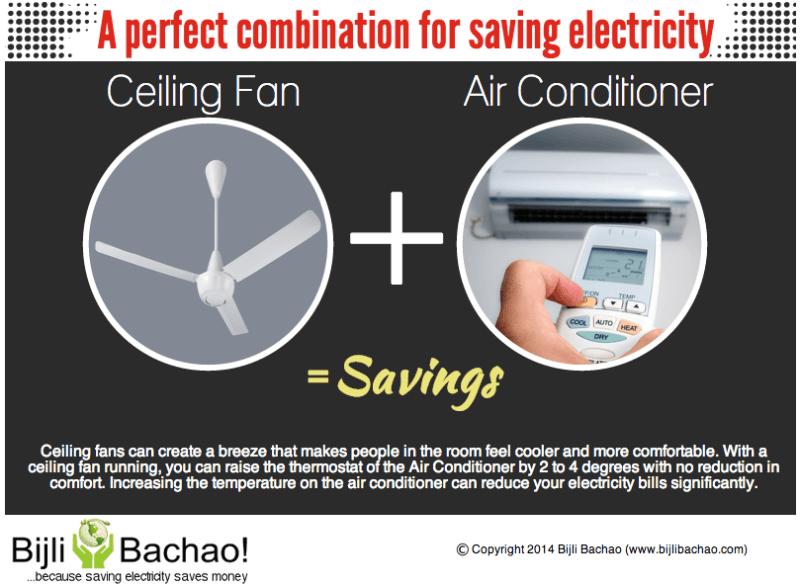The Ultimate Guide To Understanding Warm Pumps - How Do They Function?
The Ultimate Guide To Understanding Warm Pumps - How Do They Function?
Blog Article
Web Content By-Steenberg Hanna
The very best heatpump can conserve you substantial amounts of cash on energy costs. They can also help reduce greenhouse gas emissions, particularly if you make use of electrical energy instead of nonrenewable fuel sources like propane and heating oil or electric-resistance heating systems.
Heat pumps function very much the like a/c unit do. This makes them a practical choice to conventional electrical home heating systems.
Just how They Function
Heat pumps cool down homes in the summertime and, with a little assistance from electrical energy or natural gas, they offer a few of your home's home heating in the winter months. They're a good option for people that wish to minimize their use fossil fuels however aren't all set to change their existing furnace and a/c system.
They rely on the physical truth that even in air that seems also chilly, there's still power present: warm air is always moving, and it intends to move right into cooler, lower-pressure settings like your home.
Many power STAR licensed heat pumps operate at close to their heating or cooling ability throughout the majority of the year, minimizing on/off biking and conserving power. For the very best efficiency, focus on systems with a high SEER and HSPF rating.
The Compressor
The heart of the heatpump is the compressor, which is also known as an air compressor. This mechanical moving device uses prospective power from power creation to increase the pressure of a gas by decreasing its quantity. It is various from a pump in that it only works with gases and can't work with fluids, as pumps do.
Climatic air enters the compressor with an inlet shutoff. It circumnavigates vane-mounted arms with self-adjusting size that divide the inside of the compressor, producing several dental caries of varying dimension. simply click the next internet page to move in and out of stage with each other, compressing the air.
The compressor reels in the low-temperature, high-pressure cooling agent vapor from the evaporator and presses it into the hot, pressurized state of a gas. This procedure is repeated as required to supply home heating or cooling as called for. The compressor also consists of a desuperheater coil that recycles the waste warmth and includes superheat to the refrigerant, altering it from its liquid to vapor state.
The Evaporator
The evaporator in heat pumps does the exact same point as it does in fridges and a/c, altering liquid cooling agent right into a gaseous vapor that removes warm from the space. Heatpump systems would certainly not work without this crucial piece of equipment.
This part of the system is located inside your home or structure in an indoor air trainer, which can be either a ducted or ductless unit. It has an evaporator coil and the compressor that compresses the low-pressure vapor from the evaporator to high pressure gas.
Heatpump absorb ambient warm from the air, and after that make use of electrical energy to move that heat to a home or company in home heating setting. home ventilation system cost nz makes them a lot more power effective than electric heaters or heaters, and since they're using tidy electricity from the grid (and not melting fuel), they likewise create much fewer emissions. That's why heatpump are such terrific ecological selections. (And also a significant reason that they're coming to be so popular.).
The Thermostat.
Heatpump are terrific options for homes in cold climates, and you can utilize them in mix with standard duct-based systems or even go ductless. They're a great alternate to fossil fuel heater or conventional electrical furnaces, and they're a lot more lasting than oil, gas or nuclear heating and cooling tools.
Your thermostat is one of the most crucial part of your heatpump system, and it works extremely in different ways than a conventional thermostat. house ventilation system (all non-electronic ones) work by using compounds that transform size with enhancing temperature, like coiled bimetallic strips or the broadening wax in a cars and truck radiator shutoff.
These strips include two different sorts of steel, and they're bolted together to form a bridge that finishes an electric circuit connected to your cooling and heating system. As the strip gets warmer, one side of the bridge increases faster than the other, which causes it to flex and indicate that the heater is needed. When the heat pump remains in heating mode, the reversing valve reverses the flow of cooling agent, to make sure that the outside coil now works as an evaporator and the indoor cyndrical tube ends up being a condenser.